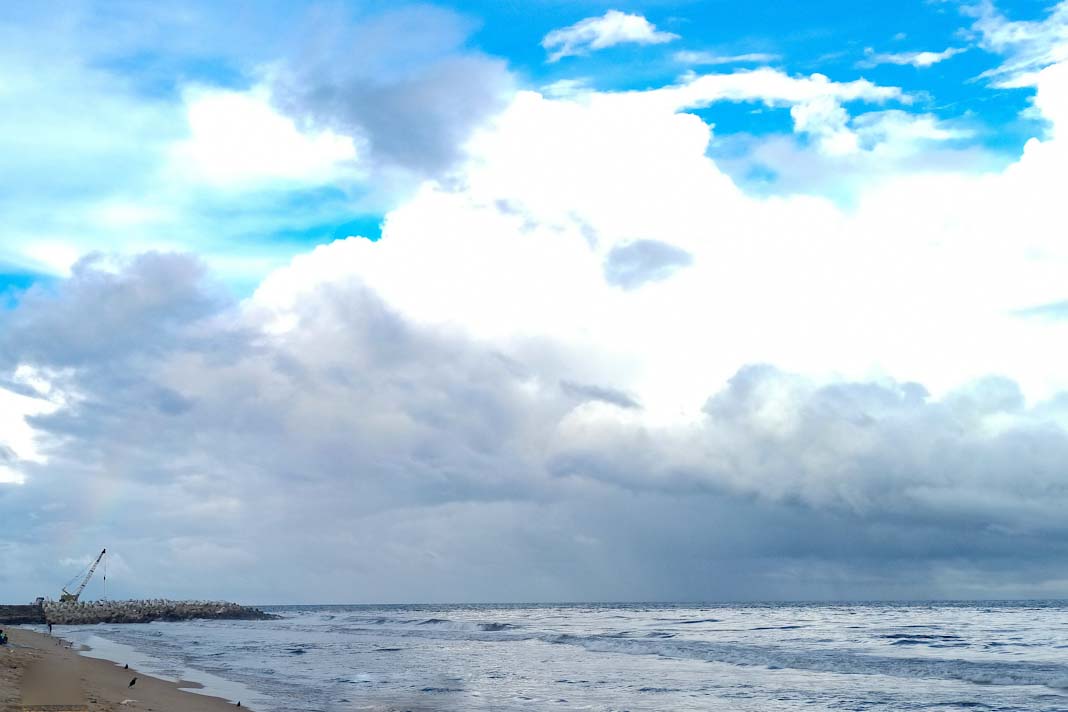
- Marine protection is harder to define than on land, making tools like Marine Protected Areas (MPAs) and Particularly Sensitive Sea Areas (PSSAs) crucial for safeguarding biodiversity.
- The IMO’s PSSA program enables global shipping regulations in ecologically valuable but vulnerable regions, including high seas areas beyond national control.
- Despite their importance, only 15 PSSAs exist worldwide, with uneven regional distribution, underscoring the need for expansion and better accessibility for developing nations.
Unlike land, where parks and reserves are clearly marked and easily enforced, the ocean presents unique difficulties. Its fluid and borderless nature makes it impossible to physically fence off or monitor large areas. Yet, as climate change and human activity intensify pressures on marine ecosystems, innovative strategies are needed. Under the UN’s 30 by 30 pledge, the world has committed to protecting 30% of the planet by 2030. While 17.8% of land is currently protected, only 8.4% of the ocean has similar safeguards. To meet global goals, experts emphasize the need to rapidly expand marine protections, according to Friends of The Earth International.
The Role of PSSAs in Global Ocean Management
Marine Protected Areas (MPAs), created by national governments, are the main conservation tool. But PSSAs—Particularly Sensitive Sea Areas—offer an additional, less-utilized mechanism. Established by the International Maritime Organization (IMO) in the early 1990s, PSSAs allow for protective regulations in vulnerable marine zones, even beyond national waters. They specifically address threats posed by shipping, such as wastewater discharges, groundings, oil spills, trawling, and underwater noise. Without regulation, shipping routes often run directly through fragile ecosystems, placing them at risk.
Establishing and Enforcing PSSAs
For an area to qualify as a PSSA, a country must apply to the IMO with evidence of the site’s ecological, social, or economic significance, as well as documentation of existing threats from shipping. Approval requires not only recognition by IMO experts but also a demonstration of enforcement capacity. This enforcement is achieved through Associated Protective Measures—such as ship routing systems, emissions restrictions, reporting obligations, or specific legal protections. While effective, the process is lengthy and resource-intensive, which makes it especially difficult for developing countries to pursue.
Current Distribution and Gaps
Since its inception, the PSSA program has designated only 15 areas worldwide. These include iconic ecosystems such as the Great Barrier Reef and the Galápagos Islands, but many highly biodiverse regions—particularly in Africa, Asia, and the South Pacific—remain unprotected. More than one-third of existing PSSAs are concentrated in Europe, leaving large stretches of the world’s oceans vulnerable to shipping-related pressures. Given mounting threats from climate change, marine development, and expanding trade routes, experts argue that stronger and more widely distributed PSSA protections are urgently needed.
Strengthening the PSSA framework will require expanding designations into underrepresented regions, streamlining the approval process for developing nations, and ensuring robust protective measures in each case. Promising candidates include the Humboldt Archipelago, the Nazca Ridge, and the Seychelles—areas of exceptional biodiversity and ecological value. Providing financial and technical support to countries, while raising international awareness of the program, could also accelerate progress. By expanding both the scope and enforcement of PSSAs, the initiative has the potential to become a cornerstone of global ocean conservation.
Did you subscribe to our Daily newsletter?
It’s Free! Click here to Subscribe!
Source: Friends of the Earth International
















